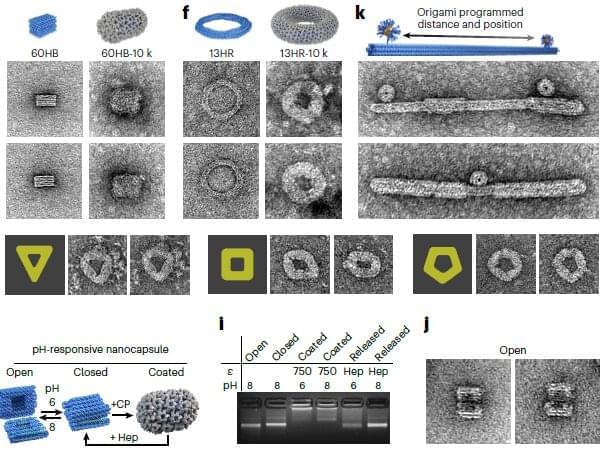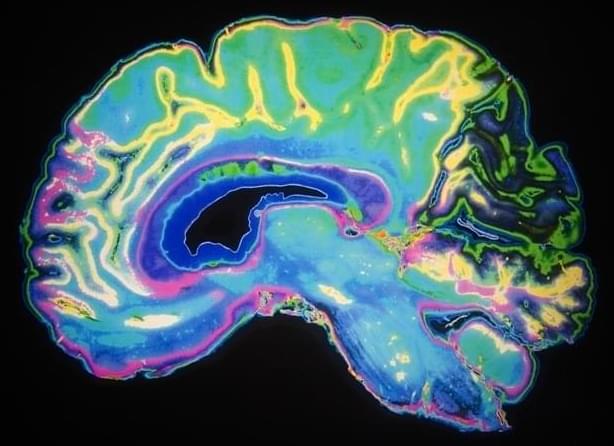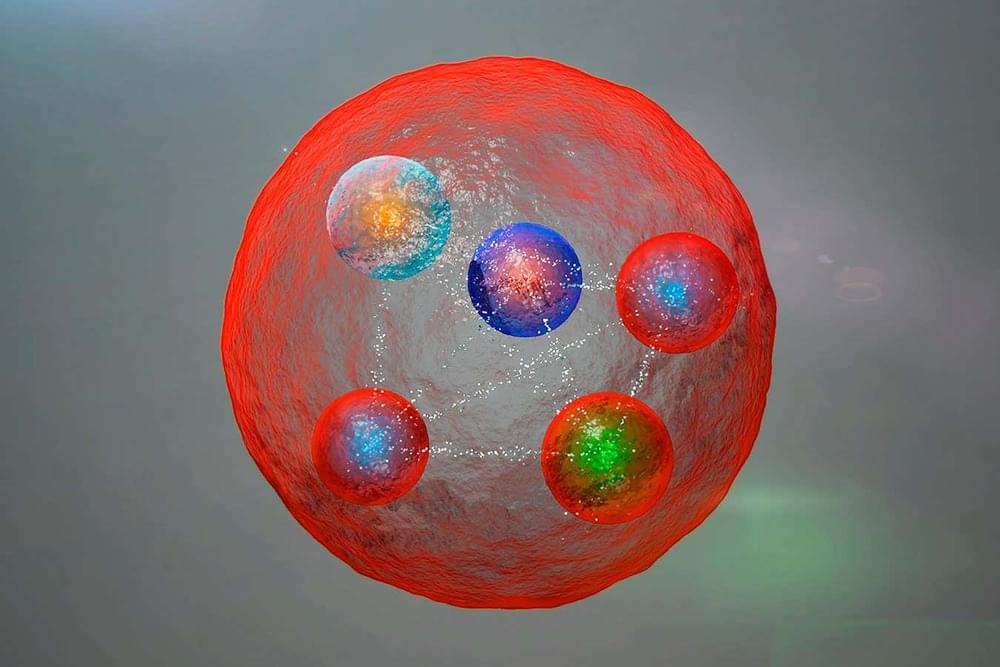Jul 19, 2023
Researchers craft ‘origami DNA’ to control virus assembly
Posted by Dan Breeden in category: biotech/medical
Griffith University researchers have played a key role in using DNA “origami” templates to control the way viruses are assembled.
The global team behind the research, titled “DNA-origami-directed virus capsid polymorphism,” published in Nature Nanotechnology, developed a way to direct the assembly of virus capsids—the protein shell of viruses—at physiological conditions in a precise and programmable manner.
Dr. Frank Sainsbury and Dr. Donna McNeale from the Griffith Institute for Drug Discovery were part of the research team and said forcing viruses to assemble onto DNA folded into different shapes “like origami” was a question that this project answered.
















